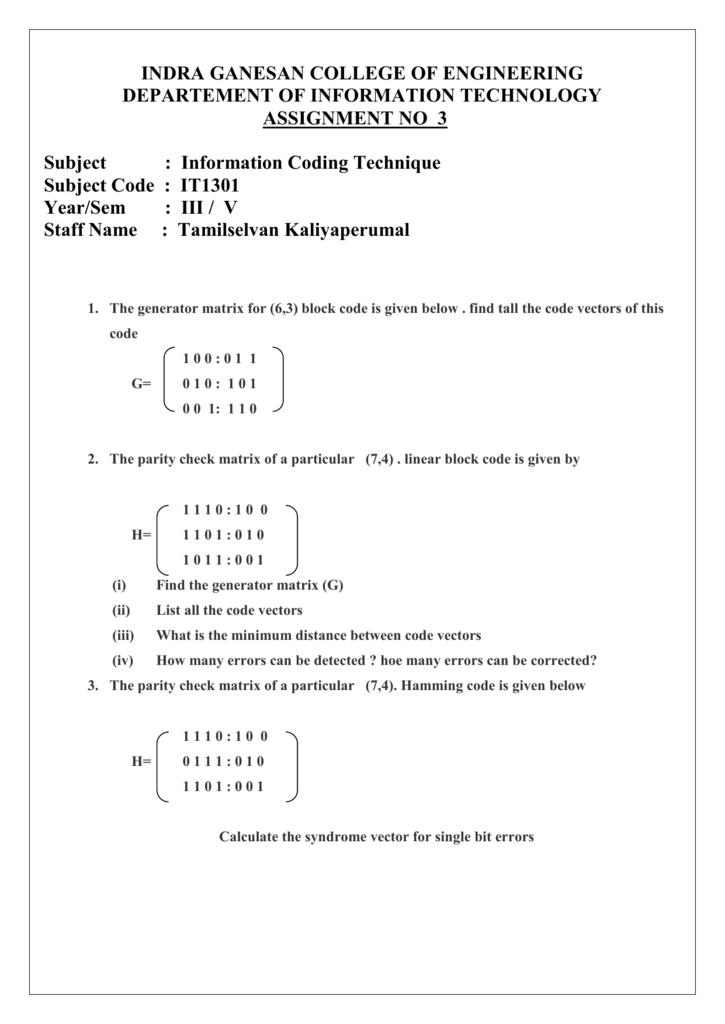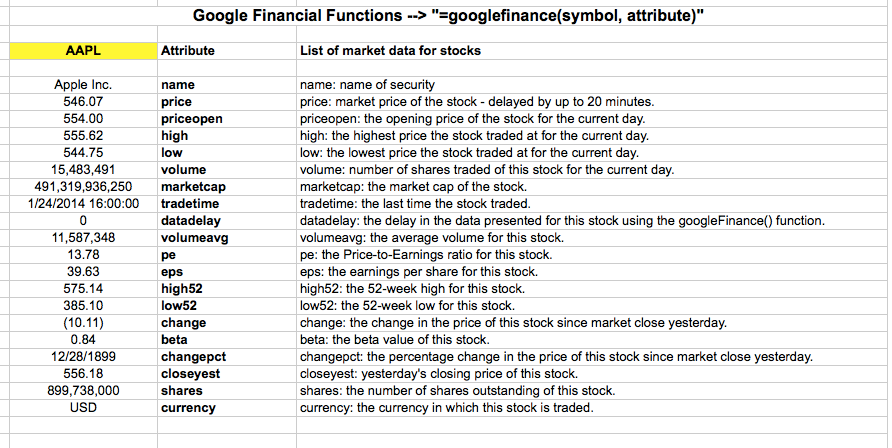

Make sure your insertion point cursor is placed directly in front of whatever equation you want to render back to text or it won’t work. Returns a matrix from an array-like object, or from a string of data.

A data matrix table has both a header and a weighted first column, creating a matrix with an empty cell in the top left. If you want to undo the auto-render for an equation, simply click the De-render Equation button next to the Render Equations one, to undo the process. A table that you make look good for a specific screen size may end up looking unreadable at different screen sizes as it preempts responsive rendering. You can treat your rendered equations like any other graphic and simply drag the corners to resize them. The Add-on will automatically transform all equations it can find into rendered images, so you don’t have to do anything else. Be aware that it can take some time, especially for longer documents.

When you’ve written out your equations and you want to transform them, all you need to do is click the Render Equations button. If the program doesn’t recognize an equation, double-check the syntax. All of the equations you want rendered need to be wrapped up with two-dollar signs like this: You can set a few options before you render your equations – there is even a test one in case you just want to try how it works. For that, you just need to click on Add-ons in the top right, click on Auto-LaTeX Equations and then select Start.Ī sidebar will open up – this is where the magic happens. Once you’ve installed it and given it permissions, it’s time to run the Add-on. Step 2: Run the Add-on Starting the Add-On
Create a matrix in g docs install#
Install it and give the necessary permissions to activate it. The workflow will run three jobs, one for each value in the variable. You can also tap the page thumbnail in Page. For example, the following workflow defines the variable version with the values 10, 12, 14. Place the equation so it can be moved freely: Tap the corner of the page to make sure nothing is selected. Here is one example.Use the Add-ons section at the top and then search in the marketplace for the right application. You can specify a single variable to create a single-dimension matrix. To avoid this you can use the QUERY function in Google Sheets. Nope! The sheet will return #REF! error and may even get freezed! For this to work, you need to make sure that the adjacent cells (where the. In the above example, instead of simply using =A1:B5, you can use Curly Brackets as below to pull data. The FILTER function in Google Sheets returns an array of values that spill. Then why Curly Braces are required to create Array? This is because, as already told above, IMPORTRANGE function normally uses to create an array from an external file or two different spreadsheets, not within the same Spreadsheet. The result of the IMPORTRANGE function is an array or you can say the IMPORTRANGE function in Google Sheets creates an array.

But the limitation is it can only use between different Spreadsheet files. That’s why the result shows the #VALUE! error in the above example.īut there is an exception! Google Sheets IMPORTRANGE function can produce array as the output spread across columns and rows. But there are lots of great Google Docs to-do list templates out there to work. Landmarks (Headers, Footersetc) Landmarks such as headers, footers, page numbers and page counts. To use Google Sheets as your to-do list, make a copy of this template. For example, IMPORTRANGE returns an array of values by importing the specified range from another spreadsheet. matrix style with no images or un-needed characters. If you want to group the values of your cells together in a particular order, you can use arrays in your spreadsheet. But you can’t pull or reproduce data from such ranges without using Curly Brackets. An array is a table (consisting of rows and columns) of values. You can refer a range in a formula by simply mentioning “A1:B5”.


 0 kommentar(er)
0 kommentar(er)
